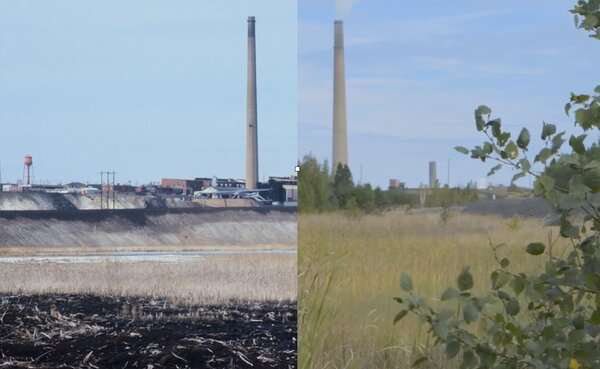By Nathalie Sturgeon Global News
Posted August 27, 2021

Several of the union’s locals have been without a contract for up to five years and counting. Many of whom represent essential workers. Premier Blaine Higgs met with the group and its president says things are looking optimistic, but Higgs is on notice. Nathalie Sturgeon has more.
The president of CUPE said its members do not want to strike, but they are drawing a line in the sand for Premier Blaine Higgs as it attempts to negotiate a contract for several locals — many of whom are frontline workers in the province.

The union, which held a summit in Fredericton Friday, represents some 30,000 workers in the province. It has struggled to get contracts to finalize for many locals, some for up to five years.
CUPE President Steve Drost said the workers deserve better from the government, including fairer wages.
“These workers are tired. They’re depleted. They’re exhausted,” he said speaking to reporters on Friday. “They went above, and beyond the call of duty during this pandemic to keep this province going, and to not offer them reasonable wages is just simply wrong. It’s unjust, it’s unfair.”
Drost wouldn’t say what was on the bargaining table from the union’s side but did say it was a cost of living increase and “then some.”
Ten days are left in the 100 day-ultimatum the i\union gave to the government.
READ MORE: CUPE NB eyes September strike vote after little progress in negotiations
About half a dozen locals are in a deadlock position with the province. The locals in question represent workers from several sectors, among them provincial correctional officers, human service councillors, laundry workers, custodians, hospital support staff, education assistants, and school administrative assistants.
“These people make maybe $35-45,000 a year gross,” he said. “They haven’t had a raise in 10-15 years — a reasonable raise. We have members that have to work two-and-three jobs. No one would ever think that a public sector worker would have to go to a food bank. We have workers that don’t make enough money that they have to go to the food bank to feed their kids.”
A strike is on the horizon, according to Drost. As for what the province would like in the event of a strike happened in the next month, Drost was clear.
“The province will be shut down,” he said.
READ MORE: N.B. government wage-freeze pitch ‘a slap in the face’: unions
In an email statement, a spokesperson for the Premier’s office said the government is hopeful they can reach an agreement that is fair but respects the ongoing challenges.
“We want to strike the balance between fair wages and our obligation to be responsible with taxpayers’ money,” said spokesperson Jennifer Vienneau. “The premier attended some of yesterday’s discussions and indicated it was a positive and productive meeting.”
Both the union and the province confirm they are heading back to the bargaining table next week.
Mark Hancock, the national CUPE president, took part in the summit Friday to show solidarity for the efforts for fair compensation in New Brunswick.
“We’re here for two reasons, to thank all the heroes that help get our country through the last 18 months. While people like myself were retreating to our apartments or our homes, many of the workers kept going forward.”
















